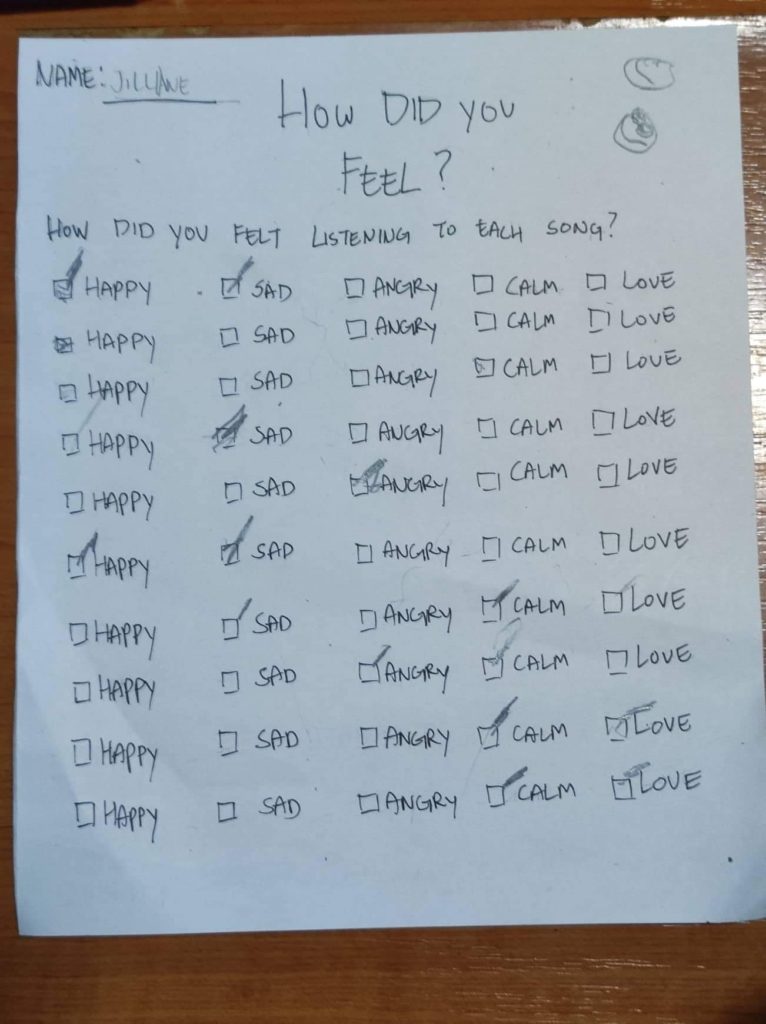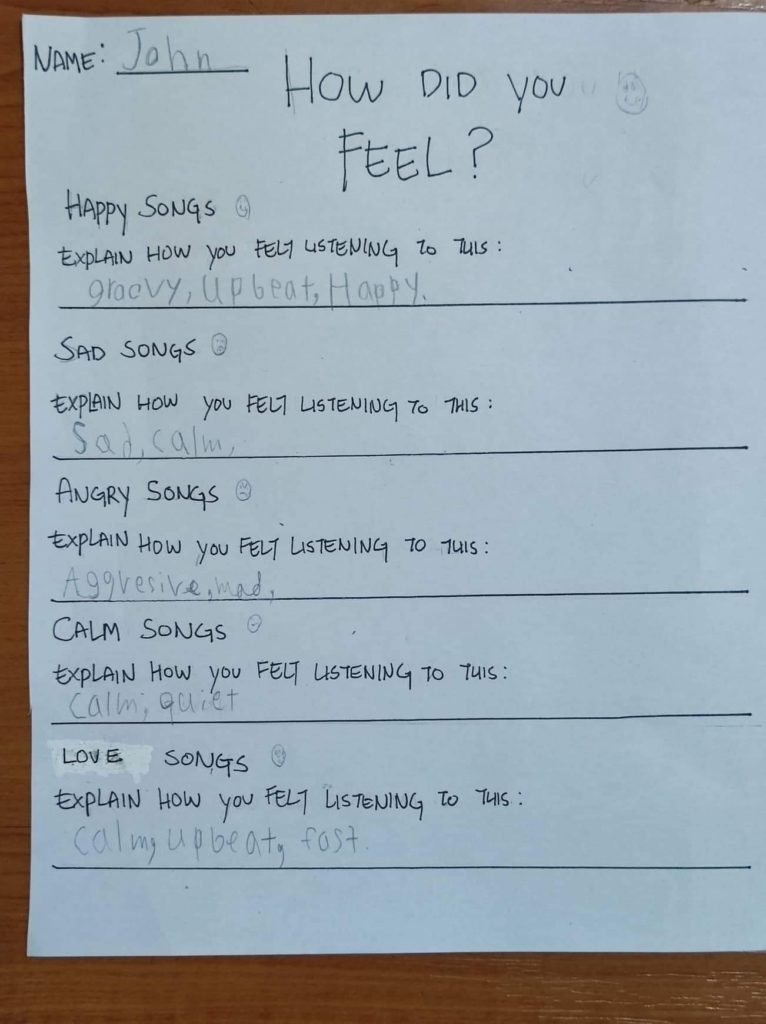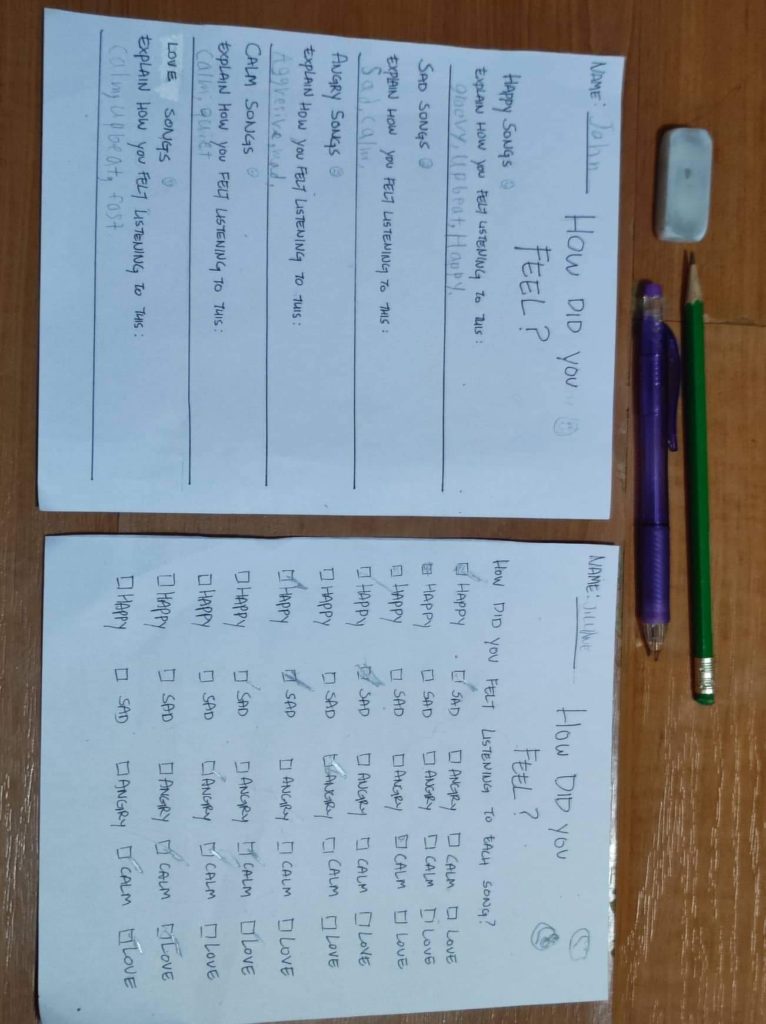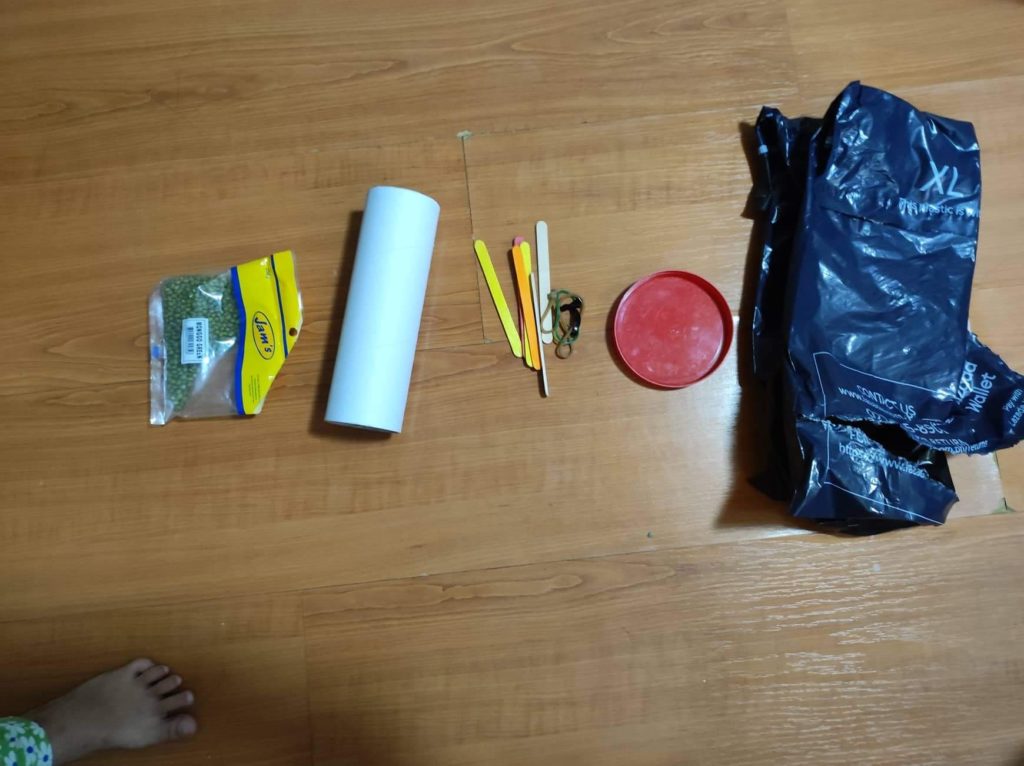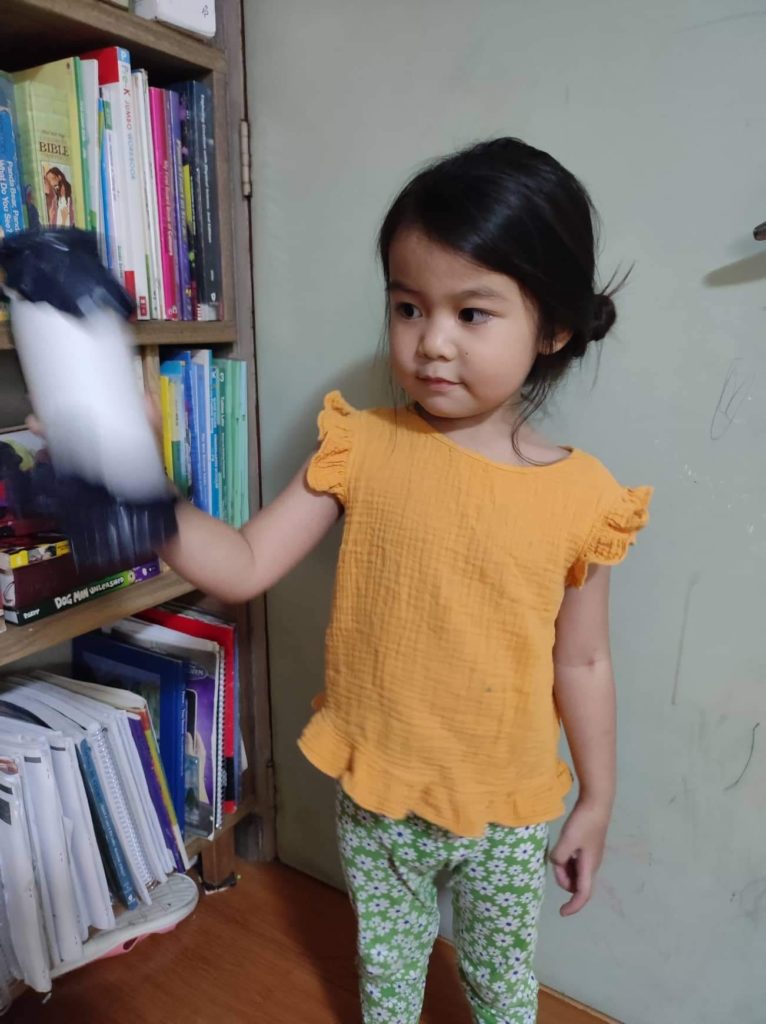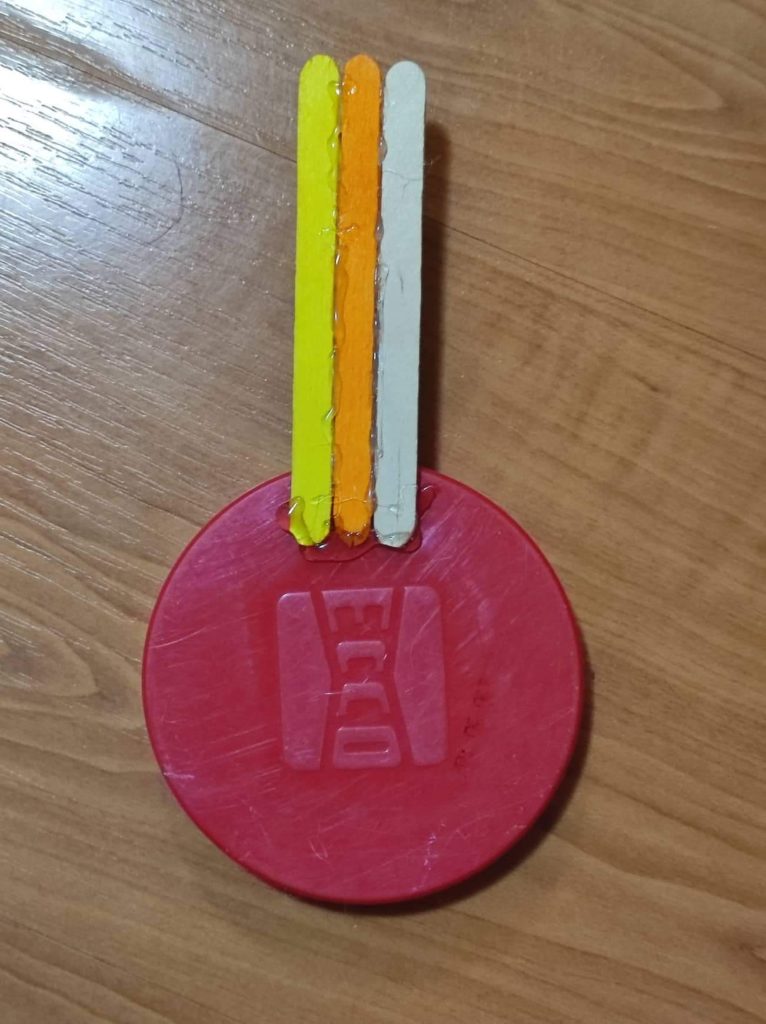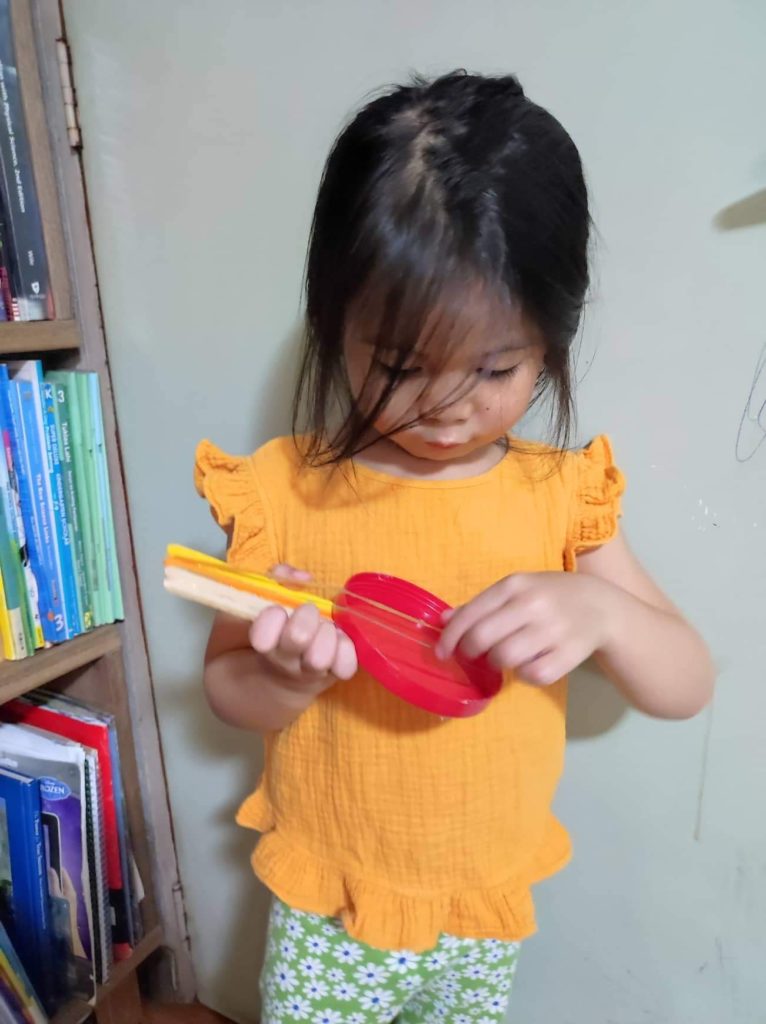How music affects all of us
Music makes you feel things, happy, sad, anger, love, calm, etc.. It depends on the genre, lyrics,mood or maybe the artist. We listening to music for productivity, socializing, entertainment, comfort, nostalgia even. When I started this topic, I was listening to music when cooking, studying, drawing. Then it hit me, this was my inspiration for my topic! Everyone likes music, I like to listening to music, let’s all talk about music!
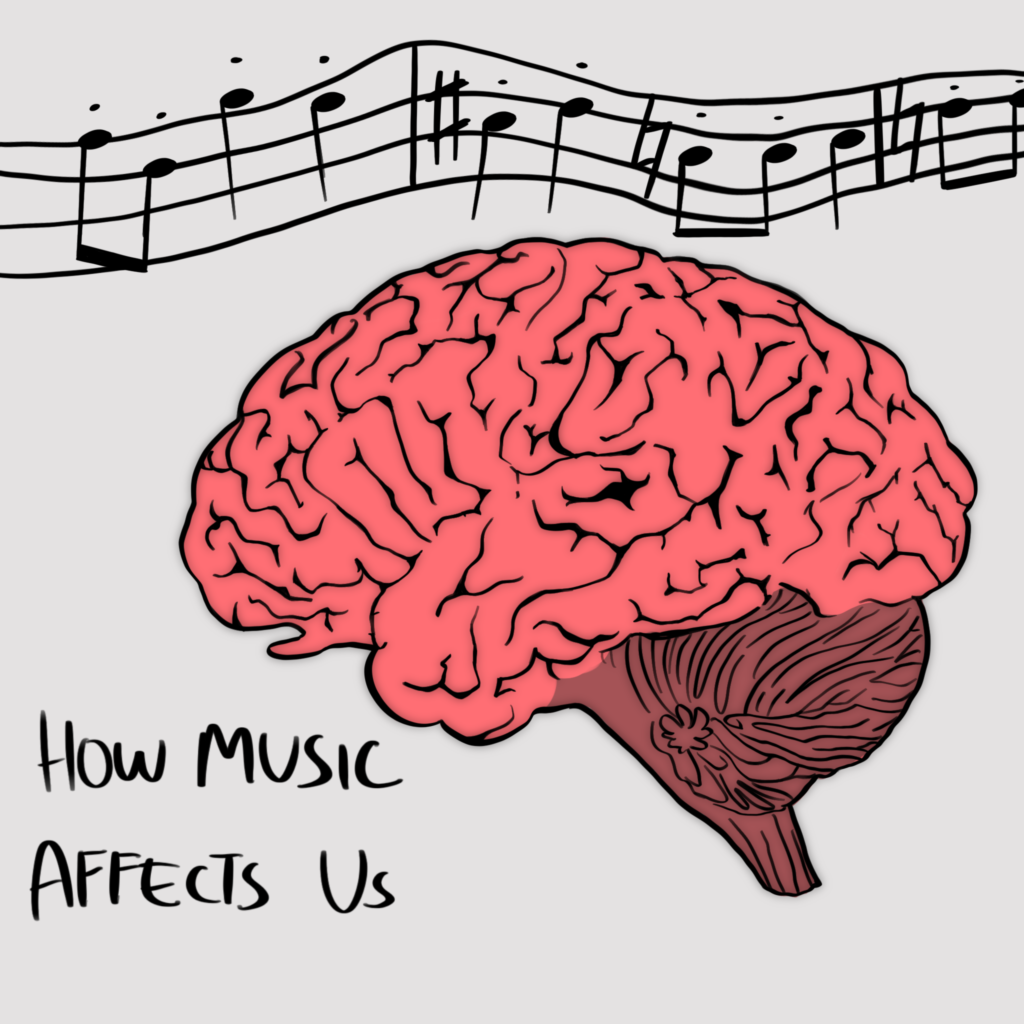
Music comes in different genres, sometimes music genres show our personalities and our interest. Different types of genres can influence our mood or our emotions, for example jazz. Jazz can make you feel calm or at ease while with rock or pop music you want to jump around and be loud and noisy. There are more genres than the ones in my drawings, but that’s for another time.

If you may noticed your favorite song came up and your body start to dance or you hum the song. That’s your brain responding to the sound of music physically. One of the first things that happens when music enter our brain is the triggering of pleasure centers that release of dopamne, a neurotransmitter that makes you feel happy. This response is so quick, the brain can even anticipate the most pleasureable peaks in familiar music and prime itself with an early dopamine rush. Besides making you feel good, there is evidence that music can even be good for your health.
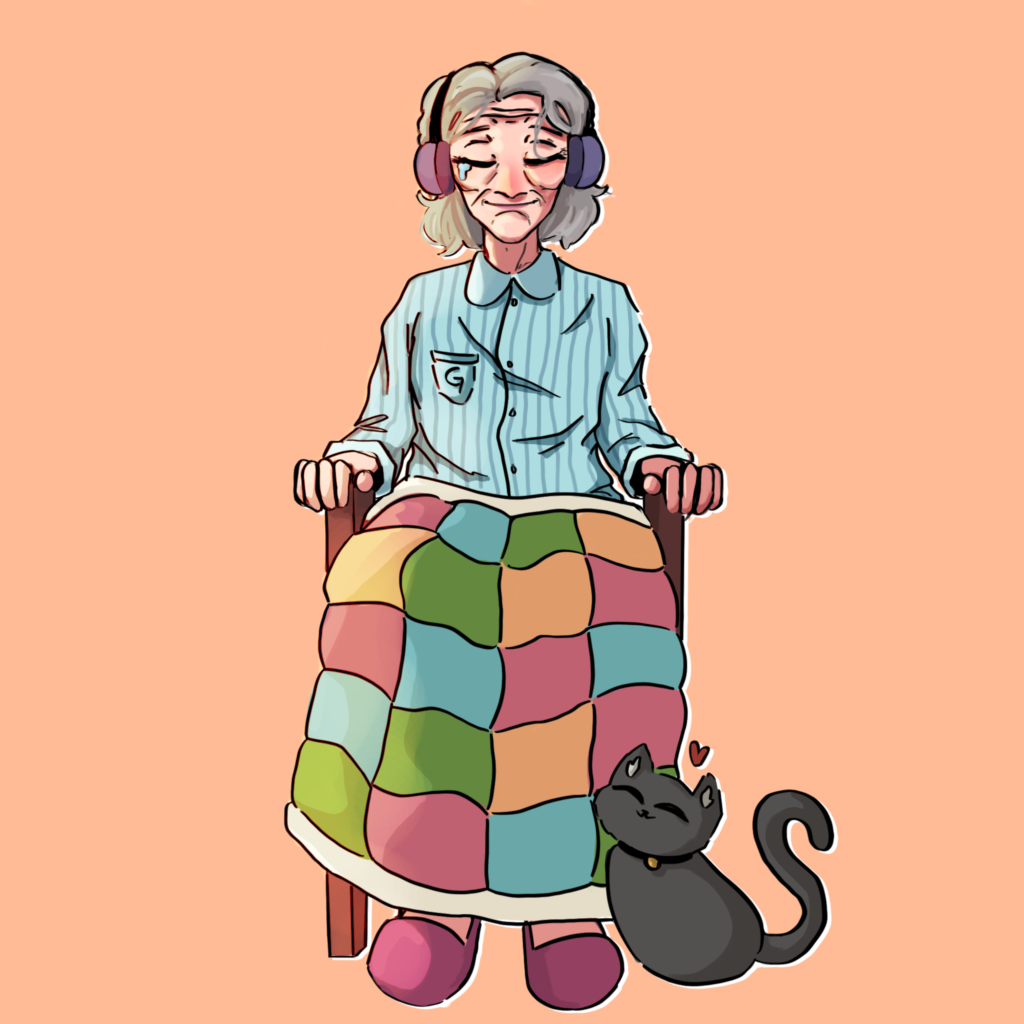
Music has also proven to be effective across a variety of treatmeant scenerios for conditions ranging from premature birth to depression to parkinson’s disease. Mussicians often expirience improvement in brain functions like, auditory processing, learning and memory. If you are ready to learn how to pkay a new instrument at home, start by finding a new or used instrument that interests you.

Two UCF (University of central Florida) professors a neuroscientist Kimobu Sugaya and world renowne violinst Ayako Yonetani have been teaching one of the most popular courses in the Burnett honors college. “Music and The Brain” explores how music impacts the brain function and human behavior, including by reducing stress, pain, anxiety as well as inproving congnitive and motor skills and nerogenesis, which is the brain’s ability to produce neurons. Sugaya and Yonetani teach how people with alzhimer’s and parkinson’s respond positively to music. Usually in late stagds, Alzhimer’s patients are unresponsive, Sugaya says “But once you put in their favorite song, their eyes light up and they start moving and sometimes singing. Tge effect can last maybe to 10 minutes or so even after you turn off the music. And I agree my Grandmother has alzhimer’s and she would get up and dance to her favorite channel that plays on the TV.
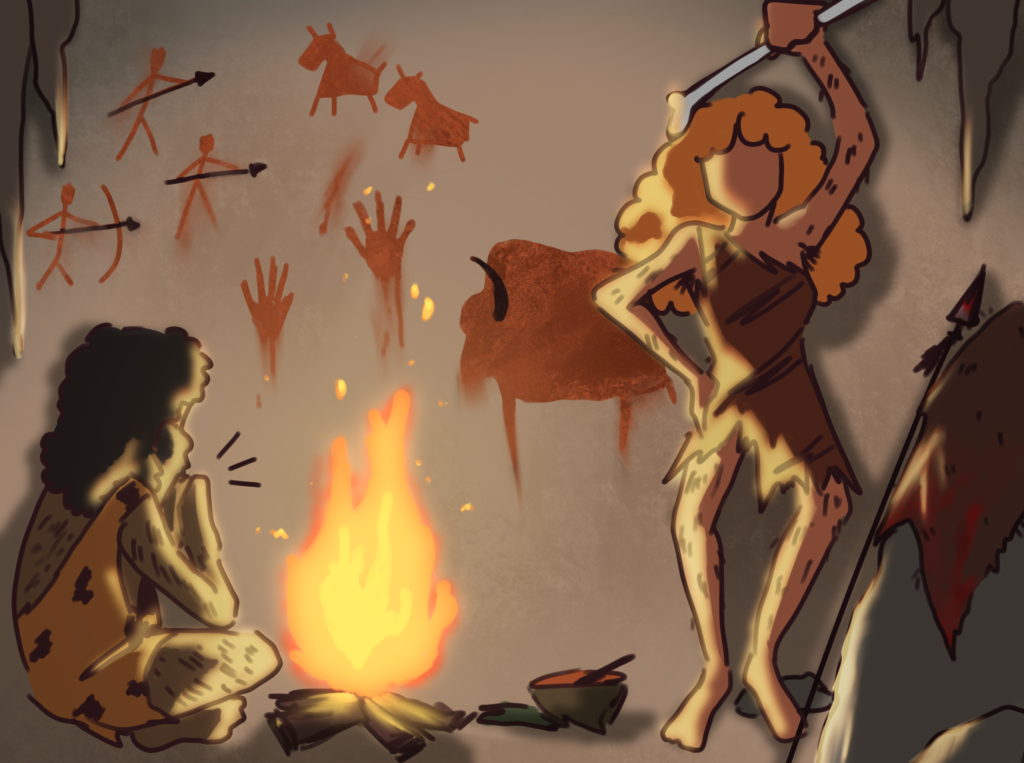
So, when did our ancestors begin making music? If we take singing, then controlling pitch is important. Scientist have studied the fossilized skulls and jaws of early apes, to see if they were able to vocalize and control pitch. About a million years ago, the common ancestor of nranderthals and modern humans humans had the vocal anatomy to “sing” like us, but it’s impossible to know if they did. Our early ancestors may have created rhythmic music by clapping their hands. This may be linked to the earliest musical instruments, when somebody realized that smacking stones or sticks together dosen’t hurt your hands as much. Many of these instruments are likely to have been made from soft materials like wood or reeds, and so haven’t survived. What have survived are bone pipes. Some of the earliest ever found are made from swan and vulture wing bones and are between 39,000 and 43,000 years old. There is evidence that people struck stalactites or “Rock Gongs” in caves dating from 12,000 years.

Another history about music would be in the Philippines, before and after we were colonized by the Spanish. The origin of filipino can go way back before when Spain colonized the Philippines, ethnic music in the Philippines was started by different group and is premised on an admiration of native instruments which are used in various ritual and worldly activities of these people. These native instruments were grouped into wind instruments, chordophones or stringed instruments. Or percussion instruments that are stuck with a hammer, against each other, or against another object likes the hand and membranophones or percussion instruments using animal skins or membranes. Vocal music was used long before musical instruments were invented. There is so much to cover in the Philippine music but I will only introduce the main forms of music influenced by the Spanish.

Natives were not only instructed in singing but also in playing various instruments such as the guitar, violin, flute, harp, and organ. The three main forms introduced to the Filipinos were the harana, the kundiman, and the rondalla. Most of these forms were developed as a result of the fusion between tribal music styles and traditional Spanish and Mexican music. The harana is a traditional form of courtship music in Spain in which a man woos a woman by serenading her underneath her window at night. The main instrument used for the harana is the guitar. The kundiman is a lyrical song characterized by a minor key at the beginning and shifts to a major key in the second half. The lyrics depict all sorts of stories about love from broken-heartedness to unrequited love. The rondalla is an ensemble of instruments. Philippine rondallas consist of the piccolo bandurria, bandurria, la-ud, and the guitar-shaped octavina and mandola, guitarra, and double bass.
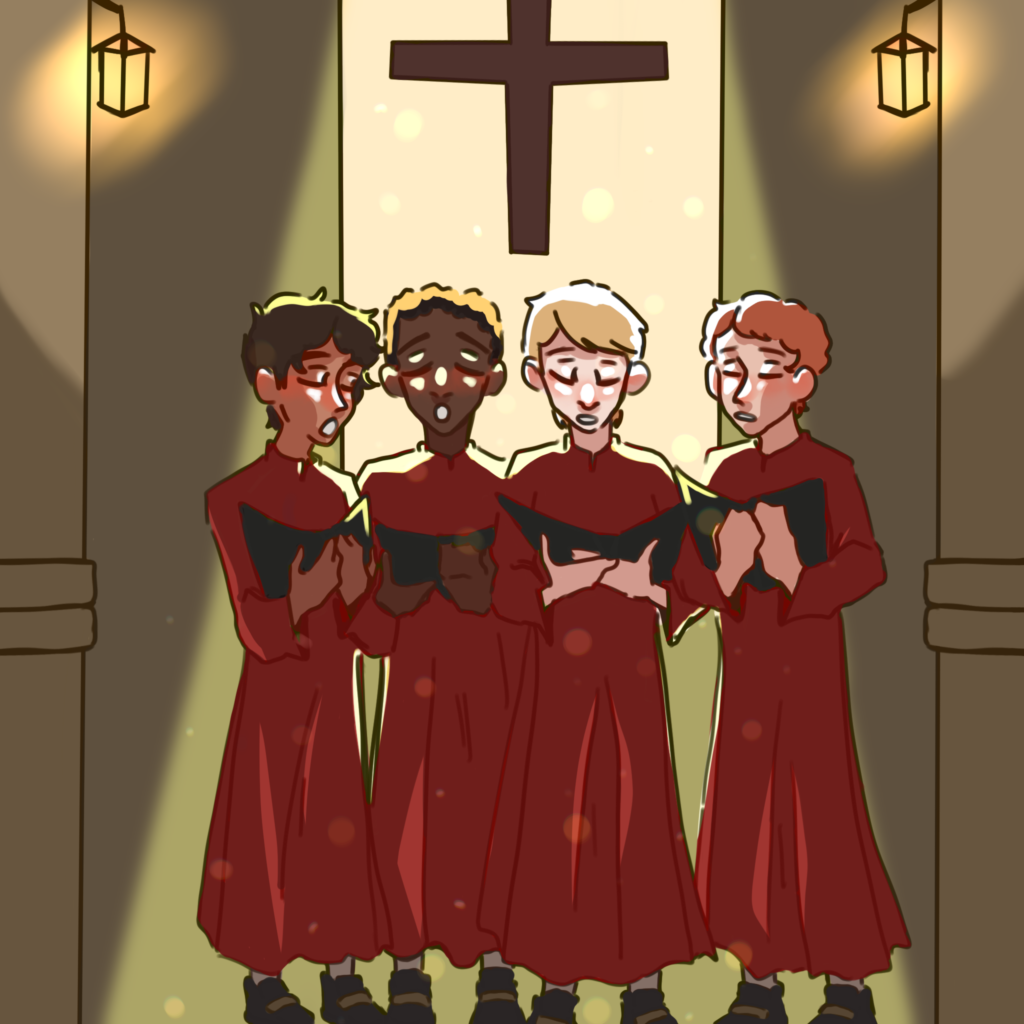
People in churches churches sing for God, so he can hear all our voices, I heard from somewhere that is is better to sing out loud than to hum or stand in silence. It’s because to show our devotion to God, music should communicate and express a sense of awe and wonder in the presence of God. Even in the past, the people of the Lord sang, for him. The role of music in worship is biblical, after escaping from the Egyptians and crossing the red sea, the people of Israel sang a song to the Lord thanking him. Singing was a part of Israel’s formal worship in both tabernacle and temple. The biggest example of singing in the bible is the story of the wall of Jericho, on the 7th day of marching around the wall, God permit the people to sing, shout, blow their trumpets to take the wall down! The lord gave us a voice, for us to communicate to him and each other, for us to worship him so we should be grateful for our unique voices.

Did you know a lullaby will make your baby calmer because it slows down her heart?Music is the most important thing in our life. Is your baby getting enough music?Around 16─18 weeks of pregnancy, the little one hears its very first sound. At 24 weeks, the little ears start to develop rapidly and babies have been shown to turn their heads in response to voices and noise in the last few months of pregnancy, an unborn baby can recognize her mother’s voice, her native language, word patterns and rhymes. Classical music can help with a babys development, calm and soothing music can work too. Although classical may not really make your little one any smarter, it may make their brain more active. Babies in the womb have shown increased brain activity when exposed to music

So we talked about music and the effects of the mentality if people and the effects of unborn babies so how about the effects on our physical bodies? Some experts believe that music acts as a distractor. Distractors are known to moderate pain levels, which means you will be less likely to notice pain during a workout. Those not listening to music might experience the intensity of their exercise more, feeling more tired or sore while exercising. Those listening to music will be distracted by it and might not notice any discomfort or strain on their body. Your body has a natural way of synchronizing with the beat of a song. The more fast-paced and energetic a song is, the more likely your pace will be, as well. Music stimulates the part of the brain that controls movement, so it helps your body complete repetitive movements more efficiently. It also help motivate you, if you put on some feel good music and get to work you feel more motivated and energized to start on your workouts!

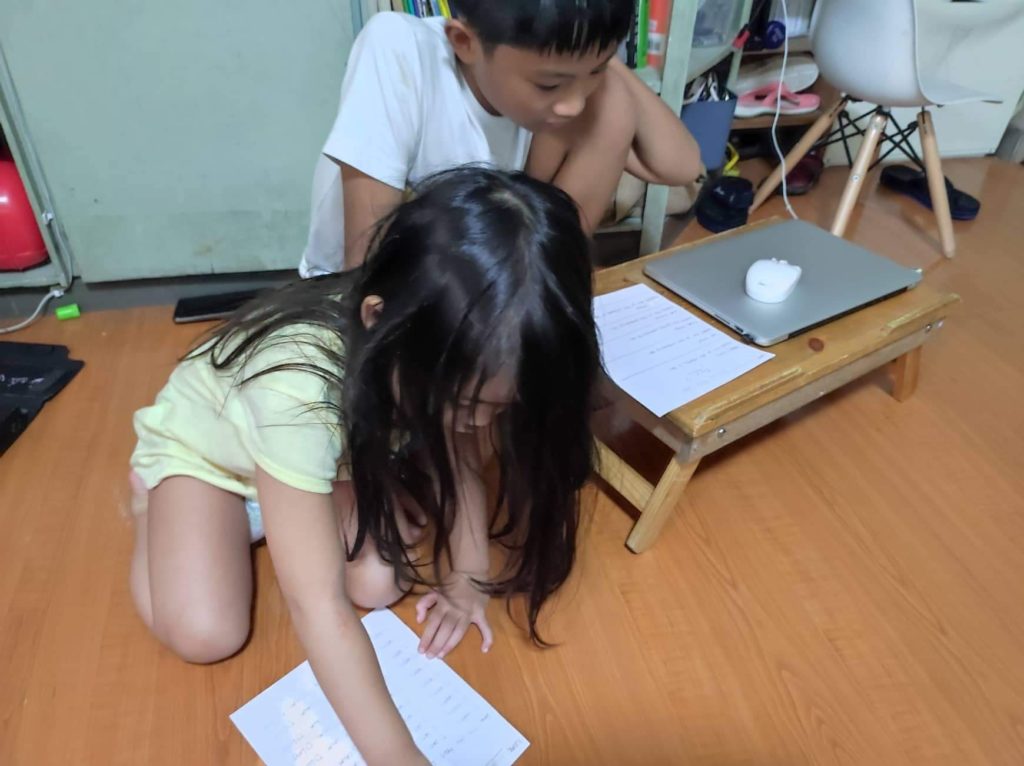
I wanted to do a little experiment on music and emotions, and who can i try this experiment on? My siblings of course! I picked some songs and asked my siblings to write/check on what they felt when listening to the music. I picked happy, sad, angry, calm and love music. My findings were just as I predicted, they felt whatever song I was playing, I played brutal by Olivia Rodrigo for angry music and Happy by Pharrell Williams. So music sways emotions, it can help with your mood and brighten you up.

